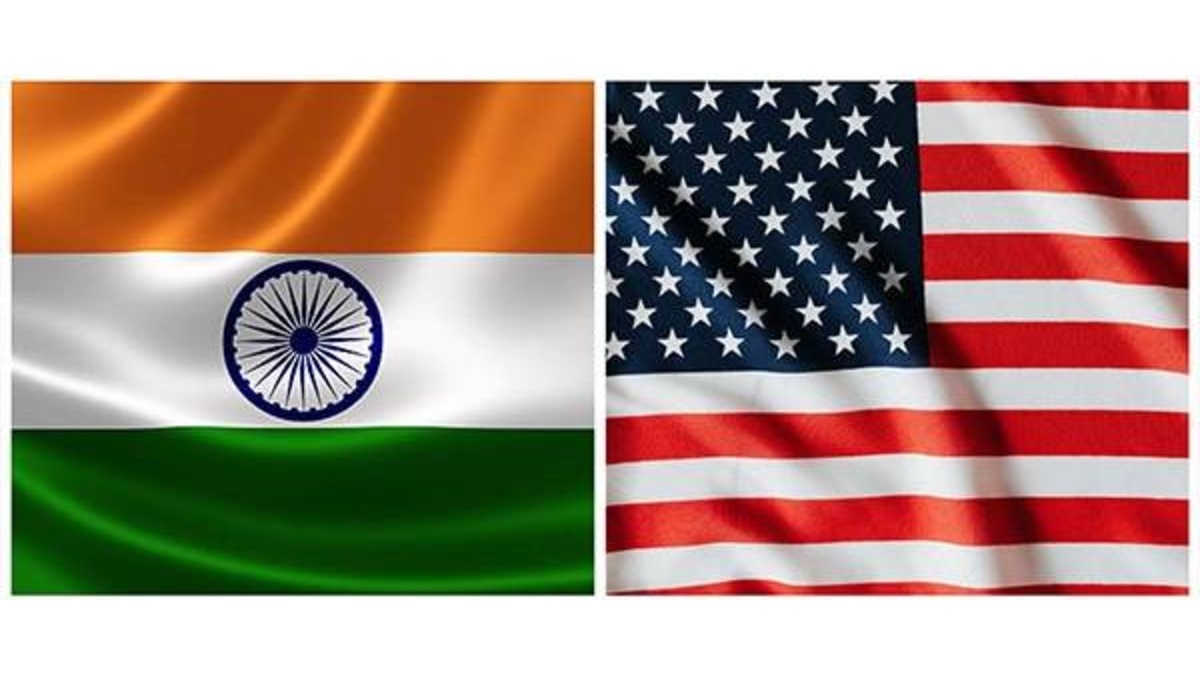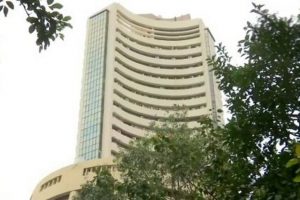US President Donald Trump’s decision to impose a 25% tariff and additional penalties on Indian imports starting August 1 has raised serious concerns among industry leaders and trade experts. While the move is expected to disrupt India’s export landscape, many experts also view it as a strategic opportunity for India to diversify its trade partnerships and accelerate Free Trade Agreements (FTAs) with other nations.
Economist Suriya Narayanan described the development as a “setback for Indian exporters,” highlighting that previously zero-tariff exports such as pharmaceuticals and metals will now face additional costs. “This will impact Indian trade significantly. Exporters are hoping for relief, and an American trade delegation is expected in India on August 25 for further discussions,” he told ANI.
Corporate lawyer HP Ranina noted that while the tariff is damaging, it’s still lower than duties the US has imposed on Chinese and Bangladeshi products. “Contracts are already on hold. But Indian leather goods, being cost-effective, might still find a place in the US market despite the increased tariff,” he said.
The gem and jewellery sector voiced concern over potential job losses. Rajesh Rokde, Chairman of the All India Gem and Jewellery Domestic Council, warned that the tariff hike from 10% to 25% could put over one lakh jobs at risk. He added, however, that India has started expanding trade with the European Union and Middle Eastern countries.
Avinash Gupta, Vice-Chairman of the same council, pointed to recent FTAs with the UK and Australia as buffers. “While the US has been a major market, these new agreements open doors for Indian exporters to explore alternative destinations,” he said.
Pavan Choudary, Chairman of the Medical Technology Association of India, criticised the move as “economically shortsighted and strategically misguided.” He drew parallels with the 1930 US Smoot-Hawley Tariff Act, which triggered global economic turmoil and worsened the Great Depression. “India, as a sovereign nation, makes independent decisions in defence and energy. Punitive trade measures in response are counterproductive and harm long-standing bilateral trust,” Choudary said.
Subhash Goyal, Chairman of the Tourism Expert Committee at the Chamber of Commerce, called it a “sad day” for Indian exports. “The ripple effects will slow down exports and hit manufacturing. But American consumers will also suffer due to higher prices,” he added.
Echoing this sentiment, Dilip Kumar, Chairman of Medical Tourism at the Chamber of Commerce, pointed out that the US heavily relies on Indian medical equipment and disposables. “This move will increase healthcare costs in the US while India finds alternative markets in Europe and Asia,” he said.
Ranjeet Mehta, CEO and Secretary General of PHDCCI, suggested India use this challenge as a catalyst to boost production and reconfigure supply chains. “FTAs with countries like the UK and Australia present new opportunities. India is increasingly being seen as a reliable global partner,” he stated.
Manoranjan Sharma, Chief Economist at Infomerics Ratings, acknowledged that Indian industries would need to realign strategies. “The US is our biggest trading partner. This tariff will hurt, but deals with the UK, EU, and Middle East can help cushion the blow,” he added.
President Trump, while announcing the new tariffs, claimed that India’s high trade barriers and its continued dealings with Russia justified the penalties. In a social media post, he criticised India for its defence and energy purchases from Russia, saying these actions conflict with global efforts to end the war in Ukraine.
Efforts to negotiate a trade deal between India and the US have stalled in recent months, with India hesitant to open sensitive sectors such as agriculture and dairy, which are vital to its rural economy.
Nevertheless, both nations have committed to expanding bilateral trade to $500 billion by 2030, with a Bilateral Trade Agreement expected by the fall of 2025.





